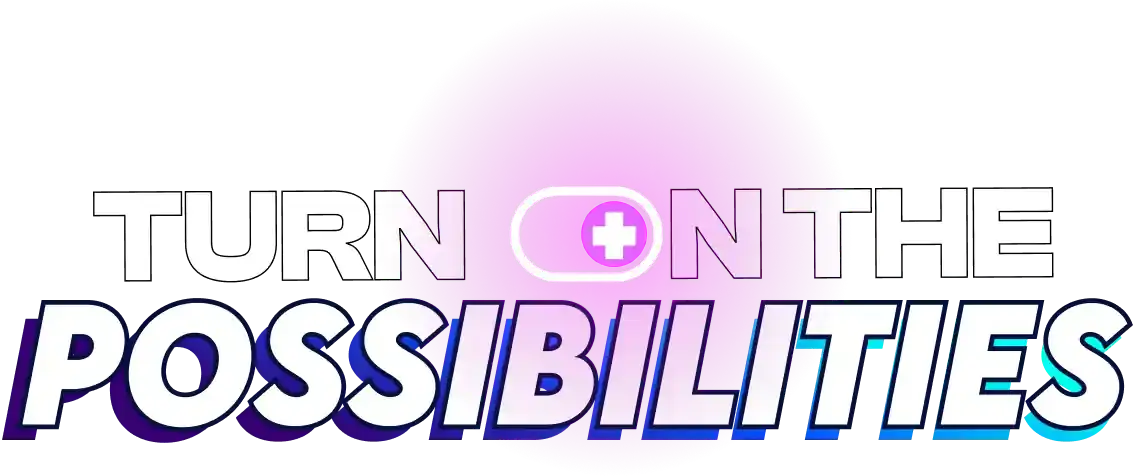Download the Scholarship Essay Brainstorming Excercise.
How to build a winning essay:
"You mean to tell me, even after I find a scholarship, my keyboard doesn't magically type my essay application for me?" Unfortunately, the answer is no. Your keyboard hasn't been blessed with Harry Potter's skills. But that's why we're here to provide you with the next best thing: a scholarship essay builder. All it takes is a little elbow grease and some self-reflection and you'll be on your way to pursue your accounting degree with minimal stress. Now, let's dive into some dos and don'ts before you get to brainstorming and ultimately writing that winning essay.
8 Scholarship Essay Dos and Don'ts:
- No matter who or what you're writing a scholarship essay about, the scholarship committee is looking for you to get personal. Not on a TMI level, but on a genuine and insightful level that makes you stand out in a crowd of essays. While you definitely want to show off the unique accomplishments and experiences that you possess, do so in a way that speaks to who you are as a person. Exhibiting self-reflection shows a great sense of self, that you understand the motivation behind your actions, and are intentional in your pursuit. Oftentimes, you might overlook the experiences you have in your life because they feel insignificant in the grand scheme of things, but in reality, these are the experiences that have shaped who you are and what you care about.
- Be thoughtful in your writing style. Find a way to mesh a story narrative that hooks its readers in with traditional essay principles (e.g., having an introduction, middle, conclusion structure). Avoid clichés whenever possible (e.g., "This scholarship would change my life." Ummm…. yeah it would change a lot of students' lives).
- The one cliché you do not want to avoid is "show, don't tell." You definitely want to illustrate a vivid picture for the reader. If you were mad, sad, stressed, or happy, be descriptive of what that looks like for you personally. When you're sad do you blast The Weeknd? Do you watch sad movies and let the water works flow? Do you go to the store and buy cookies and cream ice cream? In an effort to "show, don't tell," open your essay with an illustrative narrative that introduces the reader to the topic you're going to be discussing. Then illuminate how this picture you've painted captured a moment where you discovered something about yourself. Lastly, tie it back to how it impacted your life and guided your decisions about the academic and professional experiences you want to pursue.
- While we recommend doing some research into the scholarship sponsor, don't project an inaccurate image of yourself trying to be the student you think they are looking for. Simply use the research to inform which of your experiences you want to focus on. Your specific culture, traditions, and experiences are what makes you stand out and are essential to understanding who you are.
- If writing about a hardship you've experienced, show your resilience and how you overcame it. This reflects well on you, especially as a soon-to-be college student who will be facing challenges on your own and advocating on your own behalf (albeit with the support of your family and friends).
- It's so incredibly easy to fall into the trap of repurposing college admissions essays for scholarships, but we plead with you to try to avoid it. The result usually ends up being so-so because the essay usually kind of, sort of applies, but can have sections that seem off topic since it wasn't tailored to the scholarship essay prompt. Reusing scholarship essays is more of a mixed bag. But make sure the experiences you talk about in the essay align with the qualifications to apply for the scholarship and what you learned about the scholarship sponsor in your research.
- While you definitely want to paint a colorful, unique picture of yourself, you shouldn't go outside the lines. Make sure to follow directions. Take note of formatting specifications, word count restrictions and the question being asked. If you need to refresh your active reading skills, go for it! Highlighting is your BFFL.
- Give yourself enough time to brainstorm, write, revise, and proofread‼️ You should also add a step into your timeline to have a teacher or family member review your essay and give you feedback. Try not to procrastinate. Give them at least 2-3 days, if not longer, to review. We recommend giving yourself at least 2 weeks before the deadline to make sure your work is top tier.
Thankfully, we have just the right scholarship brainstorming document for you to get your creative juices flowing.
After you finish that, consider creating a resume to really impress the scholarship committee with your professionalism. And the best news? We have a template for you to get started!
Looking for more Templates?
Other Downloadable Resources


Sign up for exclusive resources from Accounting+
By signing in, you confirm you're at least 13 years old and are willing to receive (infrequent) emails from Accounting+.
This site is protected by reCAPTCHA and the Google Privacy Policy and Terms of Service apply.
